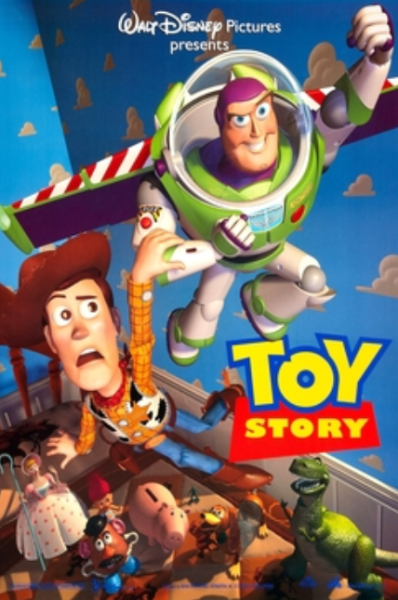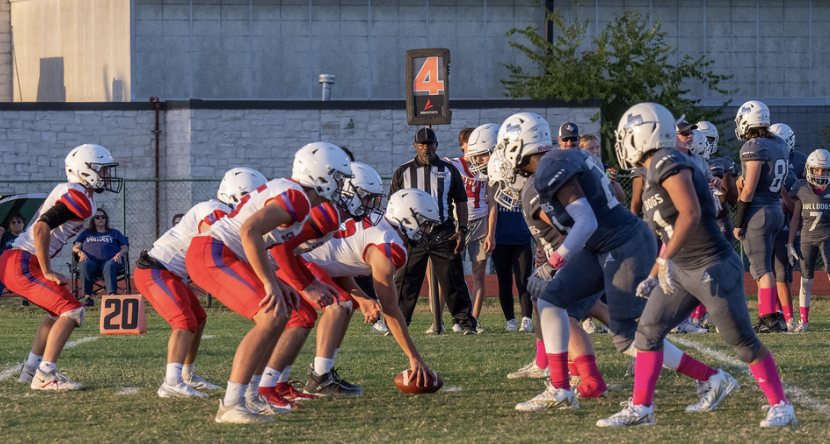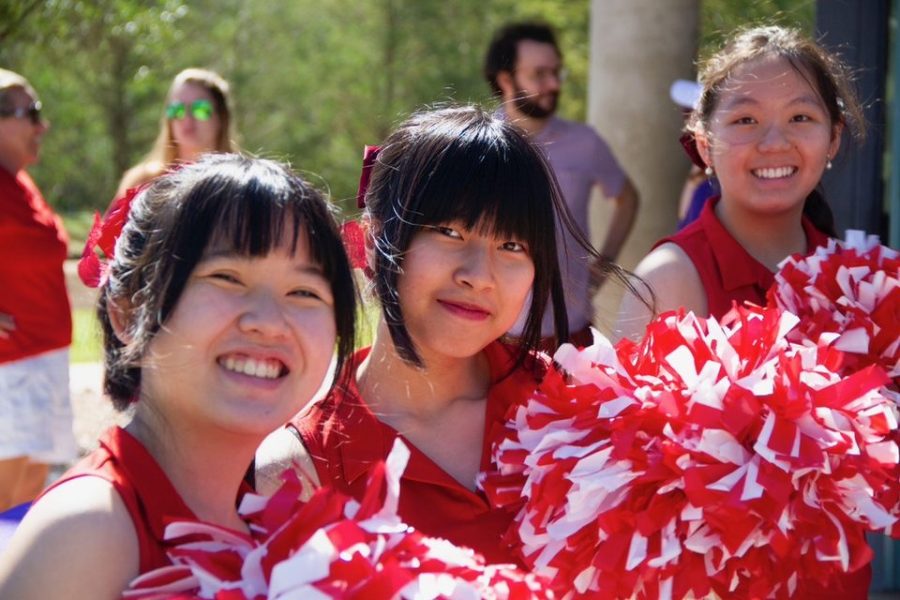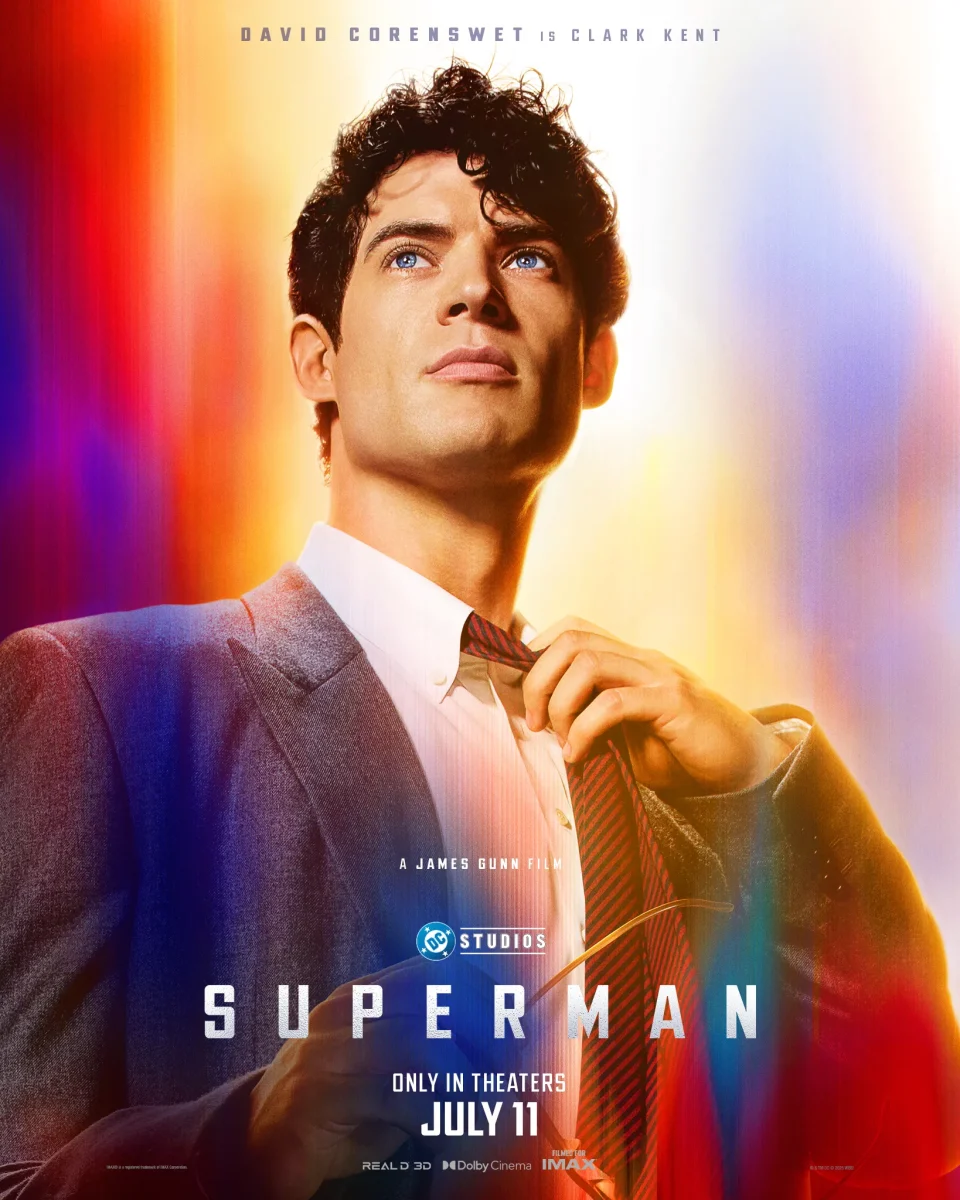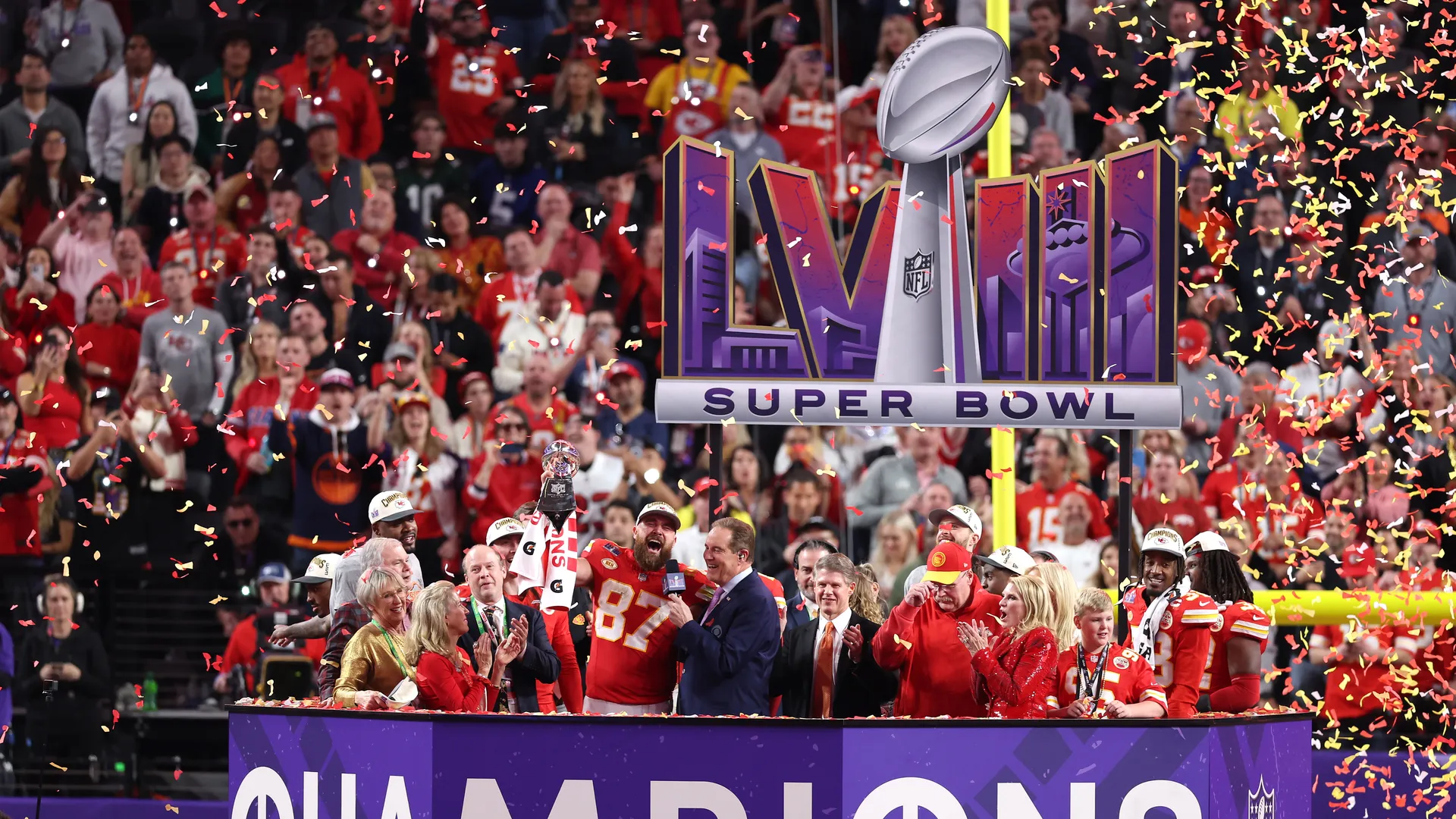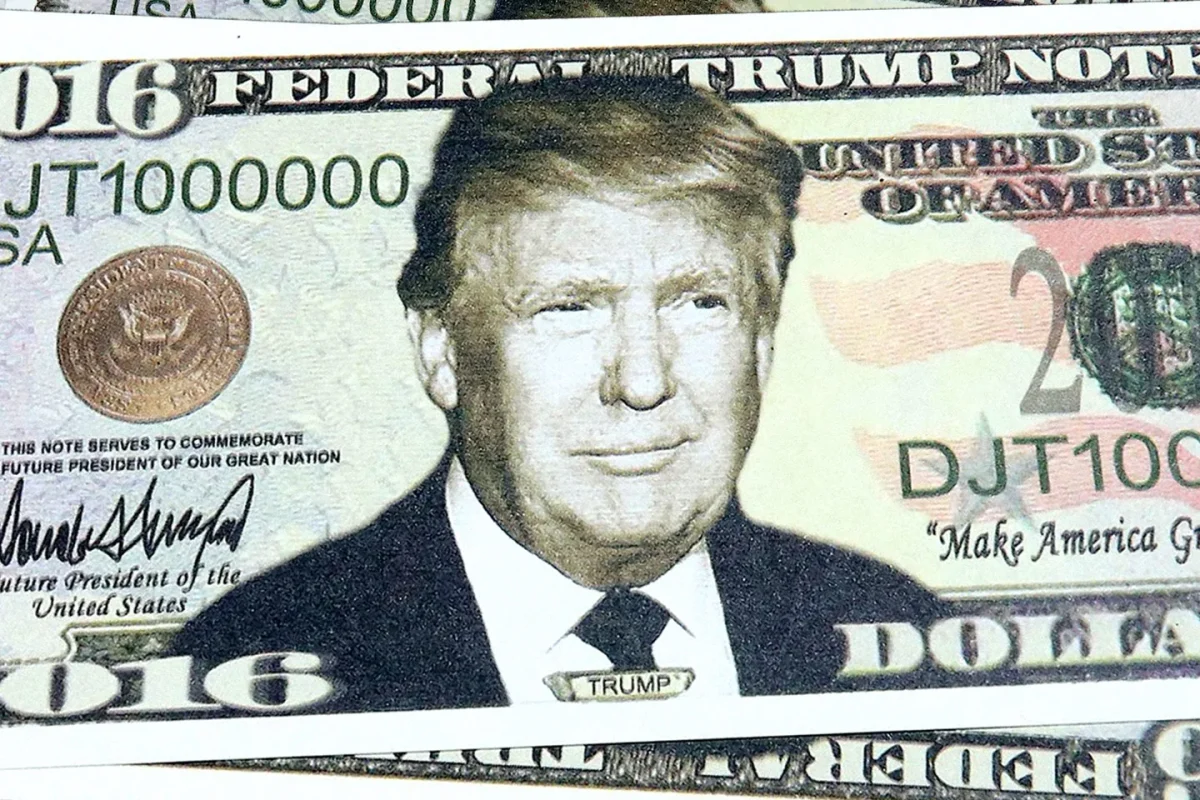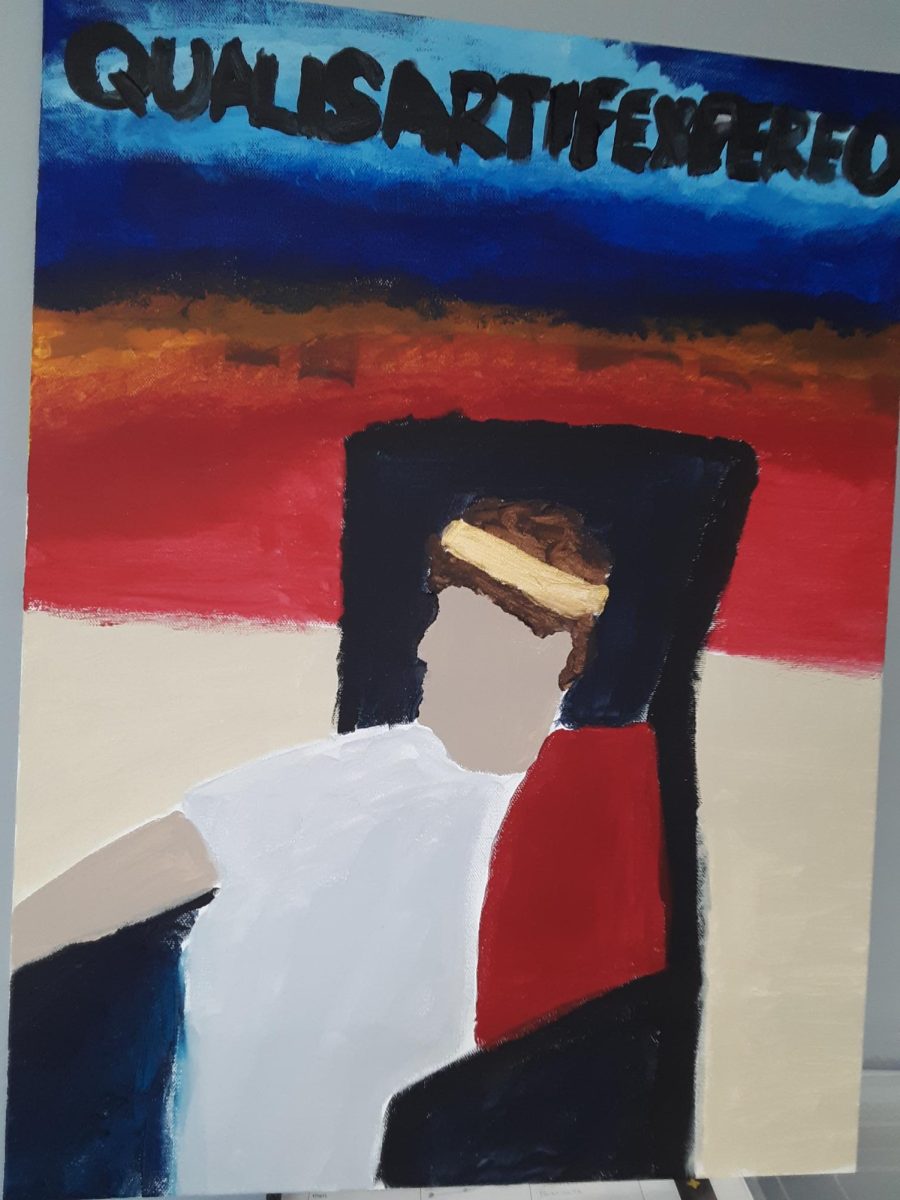As early as prehistoric times, humans depicted scenes of animals running and hunting on cave walls, using a series of images to convey the continuity of movement. This artwork can be regarded as the most primitive form of animation. For instance, the cave paintings in Lascaux, located in southern France, feature vivid representations of animals that seem to narrate the life stories of the people of that era.
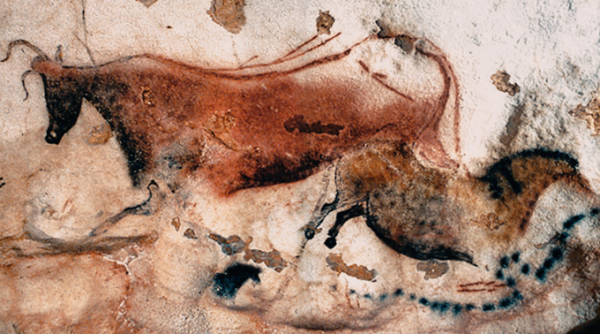
In 1824, British scientist Peter Roget introduced the theory of the “persistence of vision,” which posits that when the human eye observes an image, the light signals transmitted to the brain require a brief interval to process. Consequently, the visual representation does not vanish immediately after the light stimulus ceases; this residual image is referred to as the “afterimage,” and the phenomenon itself is termed the “persistence of vision.” This principle laid a crucial scientific foundation for the evolution of animation. Building on this concept, early simple animation devices emerged. In 1832, Belgian physicist Joseph Plateau invented the “phenakistoscope,” a disc with slits that, when spun, allows viewers to see a series of sequential images through the slits, creating an animated effect.
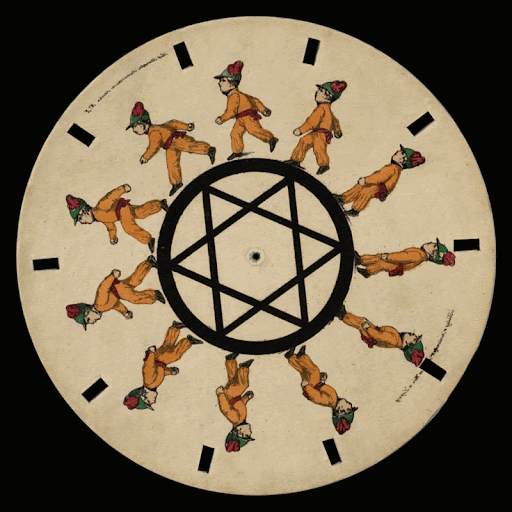
The true birth of animation, in the traditional sense, can be traced back to 1892 when the Frenchman Émile Reynaud invented the “Praxinoscope” and created the world’s first animated film, Pauvre Pierrot. This short film depicted real animation by drawing sequential images on film and projecting them using the Praxinoscope.

In the early 20th century, the animation industry in the United States began to flourish, with Walt Disney founding the Disney Brothers Studio in 1923. In 1928, Disney released the world’s first synchronized sound cartoon, “Steamboat Willie,” which marked the debut of the iconic character Mickey Mouse. This film signified the transition of animated cinema into the era of sound.

In 1937, Disney released the world’s first full-length animated feature, “Snow White and the Seven Dwarfs.” The film set a new standard for traditional, hand-drawn animation with its meticulous painting style and vibrant color palette.
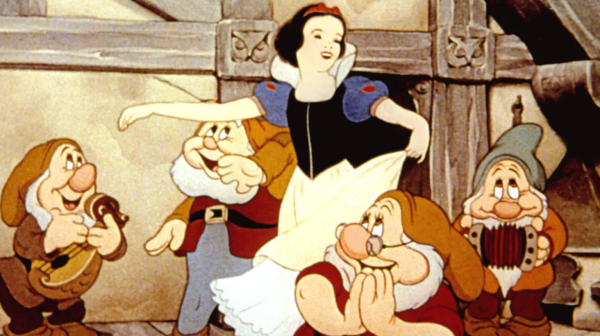
In the 1950s, computer technology began to be utilized in animation production. Early computer animation primarily involved programming to control the movement and transformation of graphics, making the production process relatively complex. As computer technology advanced, computer animation gradually emerged as the dominant method of creating animation. In 1995, Pixar Animation Studios released the world’s first fully computer-generated animated film, “Toy Story.” The success of this film signified the maturation of computer animation technology, achieving unprecedented feats in character modeling, material rendering, and animation effects.
